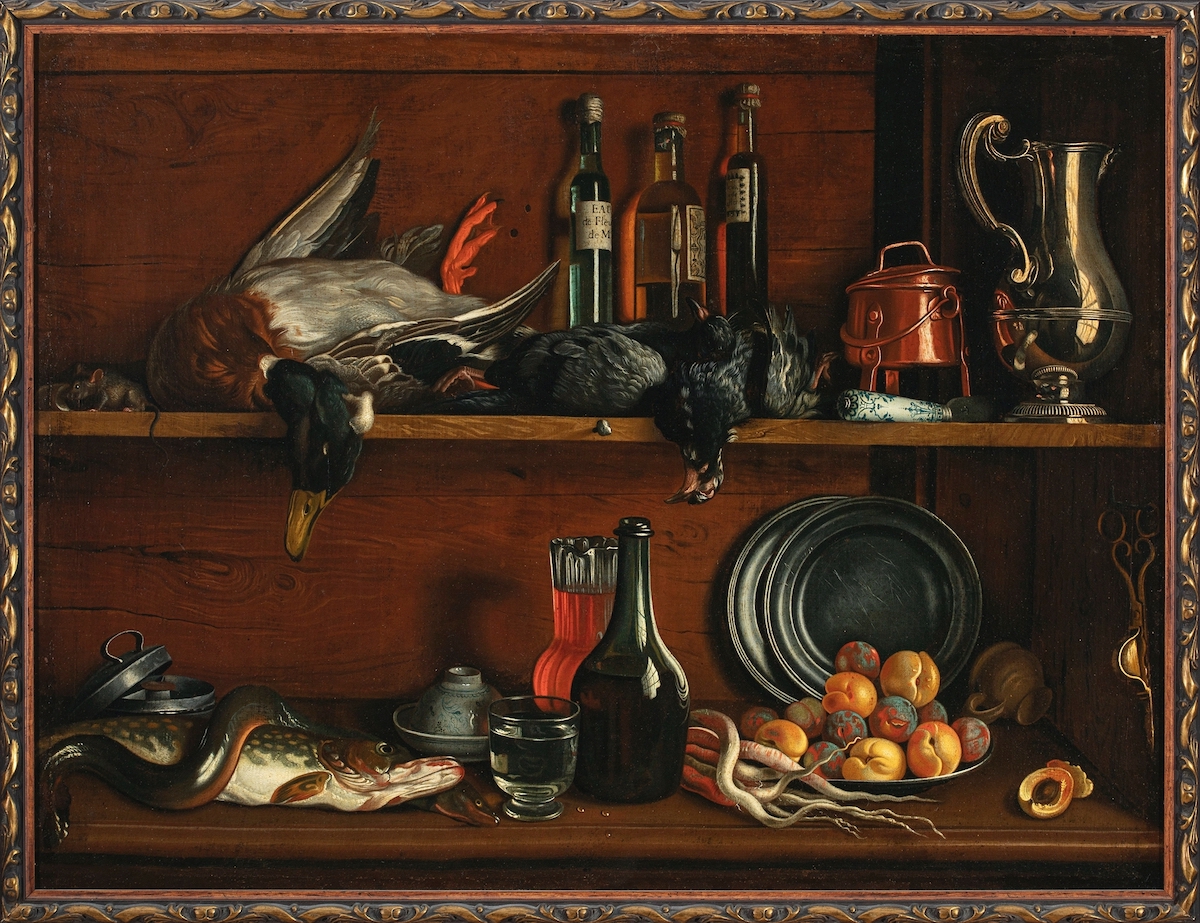A version of this post first appeared in my newsletter. Subscribe to receive posts like this in your inbox every other Sunday.
Organizing stuff so it can be found is central to information architecture. IA practitioners do this for other people, and many of the same principles apply to your personal stuff. Alas, it’s possible to overthink your personal organization categories.
Consider where you keep physical stuff at home. You strive to put things where you’re likely to find them later. E.g., if you want to avoid losing your keys, you put them in a bowl by the door. If you do this consistently, you’ll know where the keys are when needed.
The choice usually doesn’t come from an explicit categorization exercise such as a card sort. It just makes sense to have the keys at hand where you’ll be when getting ready to leave, so you use spatial associations to remind you where they are.
In The Extended Mind, Annie Murphy Paul explains that your environment is part of your cognitive apparatus. The bowl isn’t just a physical container for the keys; it’s also a mnemonic that keeps you from going nuts on the way out of the house.
You use the keys every day, so it makes sense to keep them lying about where you can see them. But what about stuff you use less frequently? For example, I have a bin for camera gear. I don’t use these things often, but I know where they are. You may have similar containers dedicated to specific kinds of stuff in your home.
If you’re like me, you’ve developed a gut-level awareness of where such things should be stored, so when a new one of “those” comes into your life, you know where it goes. For example, if I buy a new lens, I store it with the camera stuff in a particular closet in my house.
That’s an example of a clear category. But some stuff isn’t easy to categorize upfront. It may be that the thing you’re looking to store is the first one of “those” that comes into your life. Or perhaps it’s something that straddles two or more categories. So where should you put it?
It sounds easy to say, “Put it where you’ll find it later.” But, how do you know where that is? Where will future you likely look for this thing? It’s not an easy decision. What makes logical sense to you now might not make sense in a year or two.
I’ve learned to resist my IA mind and go with my gut. Whenever I think, “Where should I store this?” some place usually pops to mind immediately. Sometimes it’s a surprising location that doesn’t make logical sense — but it feels right. My sense is that if this is where I think this should go now, future me will assume the same.
How do you listen to your gut? I love this simple and actionable advice from Kevin Kelly:
If you are looking for something in your house and you finally find it, when you are done with it, don’t put it back where you found it. Put it back where you first looked for it.
So far, this approach hasn’t let me down. Conversely, I misplace things whenever I overthink storage by creating elaborate top-town organization schemes. It’s an occupational hazard for someone who makes organizational structures for a living.
How you categorize your stuff only needs to make sense to you. That said, this principle is moot if you’re in a collaborative situation. (E.g., my wife and I jointly agreed on where to keep the car keys.) Also, remember future you might have different expectations than present you. Still, your gut will take you a long way.
By the way, storing stuff where it feels right isn’t just applicable to material things. You can also develop a gut sense for where digital files should go. Of course, the stakes are lower since search can bail you out. Still, staying attuned to your feelings about where things should go is good practice.
